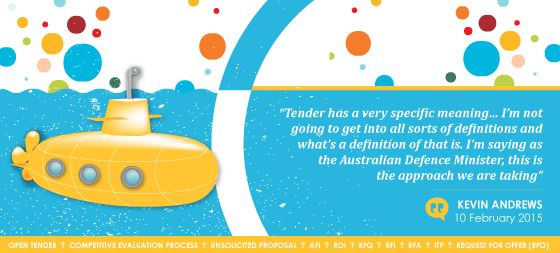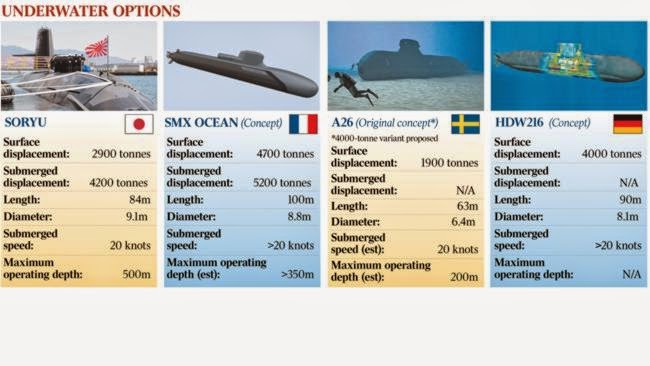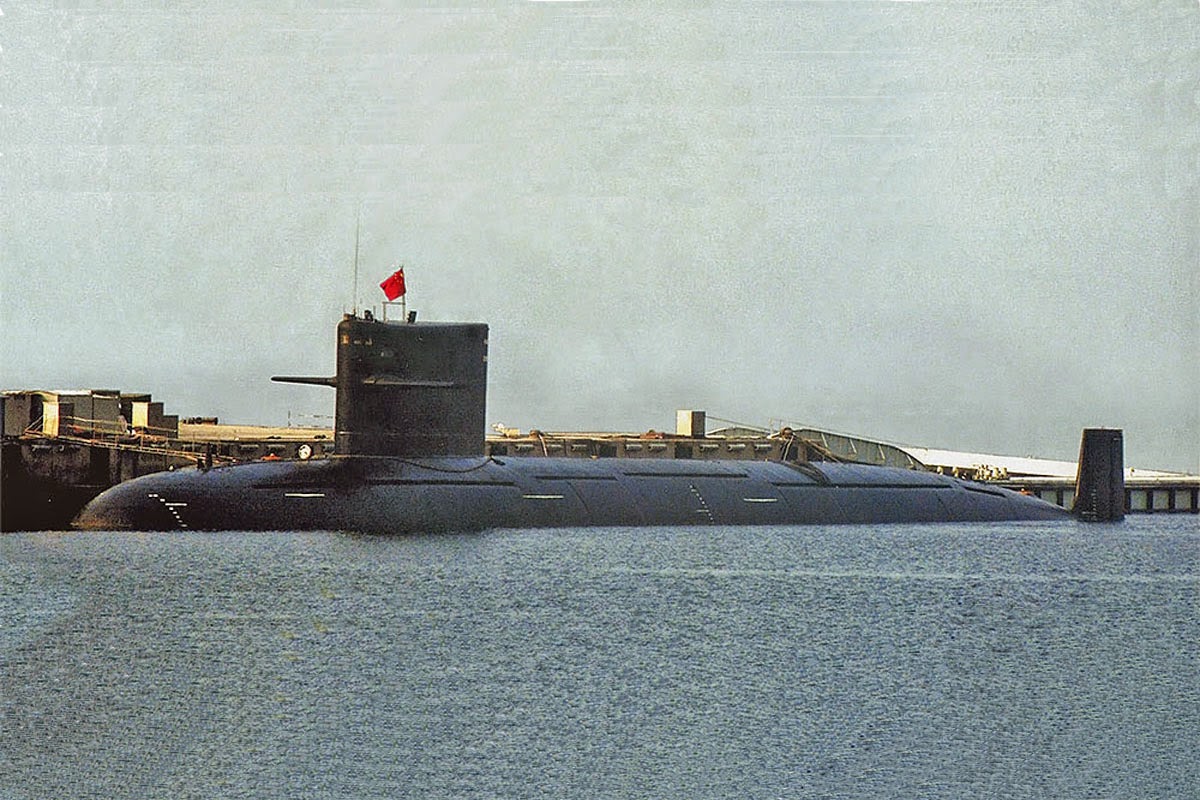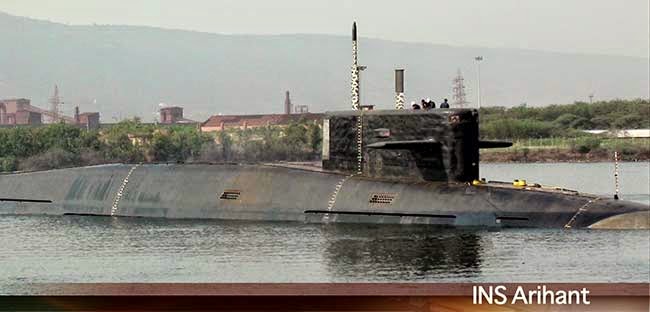Largest diagram of Virginia SSN. Click to expand. Note the 12 vertical launch tubes near the bow will be replaced with Virginia Payload Tubes (VPT) at the mid-section for various uses (28 missiles, divers, autonomous underwater vehicles (AUVs). Also see huge diagram.
---
If Australia is considering paying $2 to 3 Billion per Soryu and per 4,000 ton (surfaced) competitors then Virginia (nuclear propelled attack submarines) SSNs should also be an option.
However I think the political considerations make SSNs a remote buy. There would need to be a major threat, amounting to a strategic need, for SSNs. Domestic opposition is, at present, too great. There is too much opposition at the political left and even the center in Australia.
When the US raised in February 2012 selling or leasing Virgina SSNs to Australia Australian concerns may have also been:
- the complete infrastructure and basing costs and issues seemed too expensive financially and politically. For example any nuclear submarine facilities could be nowhere near the current Fleet Base East which is in Sydney. Public opposition and separation safety standards may have meant a whole new base would need to be built on Australia's east coast for temporary or emergency uses.
- the degree of US sincerity that it was a real offer may not have convinced Australia. Australia would have had to rely on much US influence in placating Australia's neighbours.
- the crew number requirements of a Virginia are daunting. Crew may be 115-135 or even around 250+ if there are alternating Blue-Gold crews (2 x 115 to 135). This means the Australian submarine service, as it is, would not have the money to pay, train and maintain such large crews. Decades of training in reactor maintenance and safety is required. SSNs mean an extra national effort would be needed - hence strategic would need to be major.
Australia and the US would also be concerned about igniting a nuclear propelled arms race in the wider region (eg. from such nuclear knowledgeable countries as Japan and South Korea). There might also be increased acceleration in the current SSN building programs in India and China.
- Australia's near neighbour Indonesia can also increasingly afford nuclear technology (with Indonesia's GDP now passing Australia's by some measures). So Australia didn't/doesn't not want an arms race so close to home.
When the US raised in February 2012 selling or leasing Virgina SSNs to Australia Australian concerns may have also been:
- the complete infrastructure and basing costs and issues seemed too expensive financially and politically. For example any nuclear submarine facilities could be nowhere near the current Fleet Base East which is in Sydney. Public opposition and separation safety standards may have meant a whole new base would need to be built on Australia's east coast for temporary or emergency uses.
- the degree of US sincerity that it was a real offer may not have convinced Australia. Australia would have had to rely on much US influence in placating Australia's neighbours.
- the crew number requirements of a Virginia are daunting. Crew may be 115-135 or even around 250+ if there are alternating Blue-Gold crews (2 x 115 to 135). This means the Australian submarine service, as it is, would not have the money to pay, train and maintain such large crews. Decades of training in reactor maintenance and safety is required. SSNs mean an extra national effort would be needed - hence strategic would need to be major.
Australia and the US would also be concerned about igniting a nuclear propelled arms race in the wider region (eg. from such nuclear knowledgeable countries as Japan and South Korea). There might also be increased acceleration in the current SSN building programs in India and China.
- Australia's near neighbour Indonesia can also increasingly afford nuclear technology (with Indonesia's GDP now passing Australia's by some measures). So Australia didn't/doesn't not want an arms race so close to home.
Accepting Australia's current budgetary worries, but leaving some room for escalation to SSNs, my ideal Australian submarine buying plan would be a low-then-high mix:
- 6 medium size SSKs within next 10-15 years (each less than $1Billion). With crews of around 30 so at least 4 could be crewed at any one time.
- at some point in future, and based on strategic need, 4 Virginias (or the US follow-on SSN at that time).
In terms of possible threat - China is likely to be pragmatic over an Australian purchase of future (conventional) submarine even if that submarine is likely to be superior to any Chinese conventional submarine. China would recognize that such an Australian submarine will be a second rate submarine compared to China's increasing numbers of SSNs. China would be much more concerned if Australia bought superior submarines, that is SSNs from the US, UK or France.
The SSN option was raised by the US Ambassador to Australia in early 2012.
ARTICLE
To read the whole article see the Australian Financial Review (AFR) of February 22, 2012 http://www.afr.com/p/national/us_floats_nuclear_subs_option_uPMgRrev3KjNwBLfFxpdeO
"US floats nuclear subs option - 22 Feb 2012 [following written by John Kerin]
The United States has indicated for the first time it would be willing to lease or sell a nuclear submarine to Australia in a move that will inflame tensions with China and force the Coalition to declare its policy on bolstering regional defence.
US Ambassador to Australia Jeffrey Bleich told The Australian Financial Review yesterday that whichever option Canberra pursued as a replacement for its Collins class submarines, Washington viewed Australia’s subs program as crucial to security in the Asia-Pacific region.
“Decisions about the design of the Australian submarine are up to Australia’s leaders, including whether they pursue diesel power or nuclear power,” Mr Bleich said. “Whatever they decide the US is willing to help.’’
His comments suggest the US would be open to discussing nuclear submarine technologies with Australia at a time of severe budget constraints here and in the US, despite Defence Minister Stephen Smith restating Labor’s opposition to any nuclear submarine purchase. But Australian sources maintain they have been told by opposition figures that Coalition leader Tony Abbott will consider the nuclear option if he wins an election due in 2013.
Opposition defence spokesman David Johnston has gone as far as saying the Coalition would support Labor if it sought to examine the nuclear submarine option. Neither Mr Abbott’s office nor Mr Johnston were prepared to comment on Mr Bleich’s intervention last night
But leading defence analysts, including former Liberal minister Peter Reith, have urged both sides of politics to consider nuclear subs.
A senior Defence source said Australia would probably be able to buy a 7500 tonne Virginia Class submarine for around $2.5 billion, but because it would come off a mature production line its price would reduce over time.
Labor has been considering the purchase of 12 conventional submarines to replace the Collins, with an Australian designed and built option costing up to $36 billion, or $3 billion each."
To read the whole article see the Australian Financial Review http://www.afr.com/p/national/us_floats_nuclear_subs_option_uPMgRrev3KjNwBLfFxpdeO






























